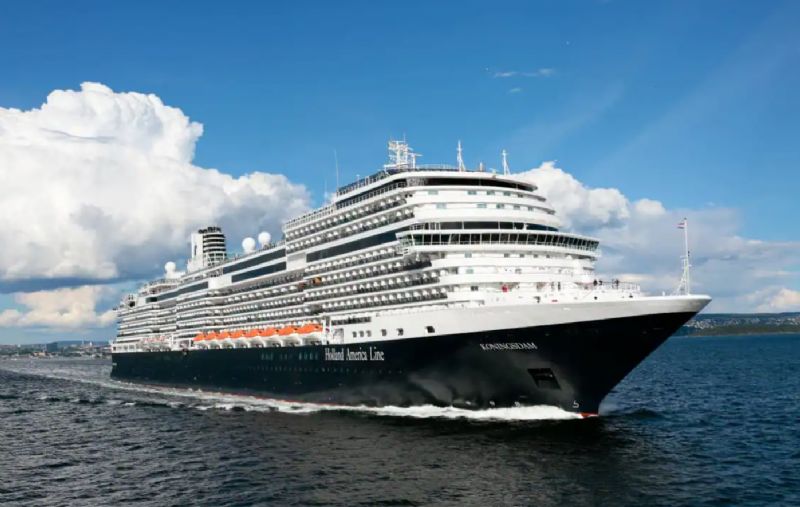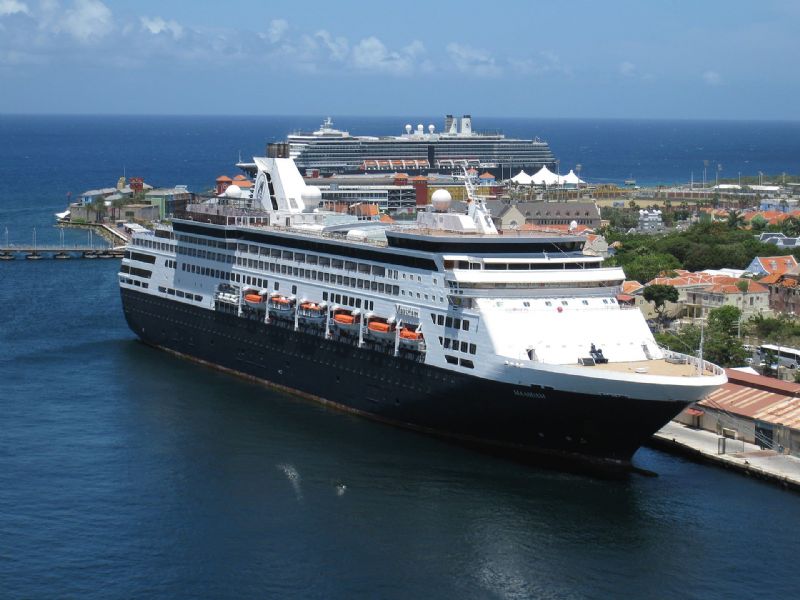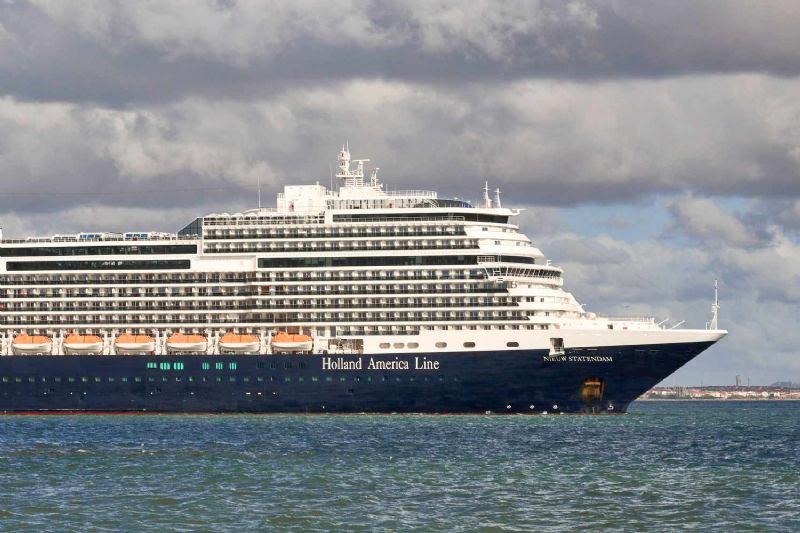
The city of Amsterdam in the Netherlands has reached an agreement on steps to begin limiting the number of cruise ship calls at the port as of 2026. It is part of a larger plan to ultimately remove the cruise terminal from the city and manage the influx of tourists into the city.
The initiatives to reduce the number of cruises began to gain momentum nearly a year ago in Amsterdam after having been first proposed by local leaders in 2016. A popular tourist destination, the city of canals complained of the noise, air pollution, and congestion as the number of tourists has grown in recent years. According to the recently disbanded Amsterdam Cruise Port foundation, the city was receiving as many as 150 cruise calls each year and handling over 300,000 passengers. The municipal council reports current rules permit as many as 190 sea cruise calls annually. The port serves both ocean going cruise ships and the river cruise industry.
The municipal council reports that effectively immediately the Passengers Terminal Amsterdam (PTA) is limited to a daily single berth. The published schedule on their terminals site shows that there are 111 ocean cruises currently scheduled for port visits in 2024, but effective 2026 the new limit will be a maximum of 100 calls annually. They are also requiring all cruise ships calling in the port to use shore power by 2027. In April, they also voted to cut in half the number of river cruise ships calling in Amsterdam.
“With these measures, the city is implementing the municipal council's wish to put an end to the cruise terminal in Amsterdam. Banning cruise ships is also part of a broad package of measures to limit the growth of tourism and combat nuisance,” they write in announcing the new steps.
They studied the issue after it came to the forefront in July 2024, and reported that Rotterdam can take over 40 sea cruises that will no longer be permitted to call in Amsterdam. Some cruise ships already call in Rotterdam and offer bus tours to Amsterdam.
City officials recognize that the restriction will reduce spending by sea cruise passengers and shipping companies in the city, citing as an example the decline for museums, catering, shops, and excursions. For the city, they note that this means less income because less tourist tax will be collected, and because of a loss of revenues for the Port Authority. They are studying the financial consequences of the decision reporting it will be included in the next budget, while also highlighting it means less fuel consumption and air pollution.
In consultation with the Ministry of Infrastructure and Water Management, the Port Authority, and the province of North Holland, they are also commencing a financial and legal feasibility study looking at the possible relocation of the PTA to Coenhaven. They are exploring the feasibility of the definitive goal of the municipal government to remove the PTA from its current location on Veemkade by 2035.
Some cruise ships have already adjusted schedules while others use the berths in Coenhaven, a more industrial area to the west of the city center. Passengers complain however that it is less accessible to the city and cruise lines have been forced to provide buses into the city center from the Coenhaven.
Amsterdam joins with other large cities including Barcelona which have also moved to relocate cruise ships from the city center. Juneau, Alaska reached the first voluntary agreement in the state to cap the number of daily cruise passengers after having this year put a limit in place on the number of cruise ships in port each day.



We use cookies to improve your experience. By continuing to use our site, you accept our Cookies, Privacy Policy,Terms and Conditions. Close X